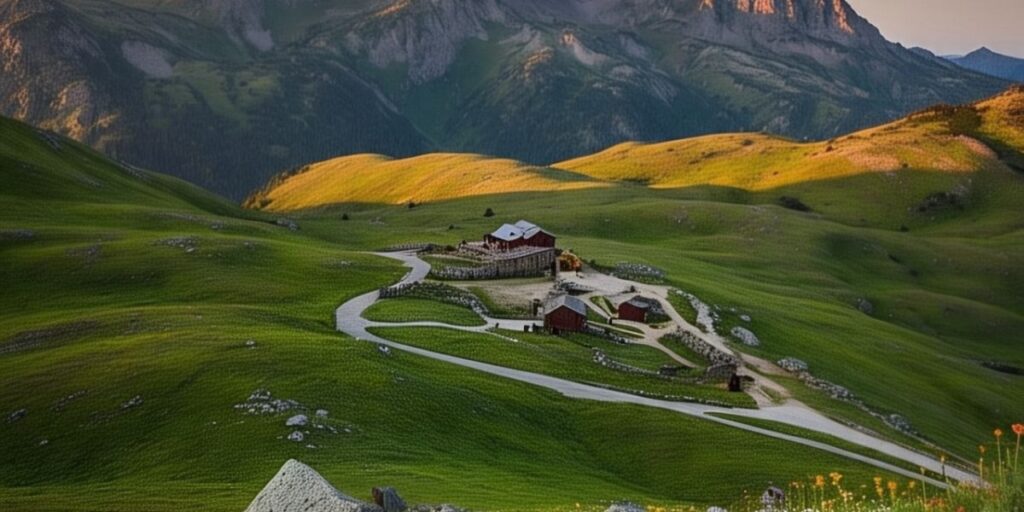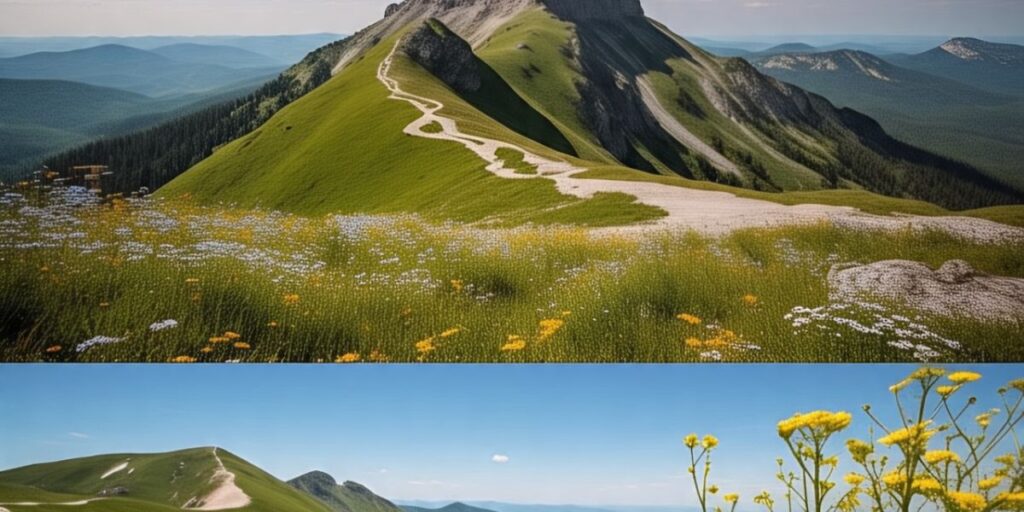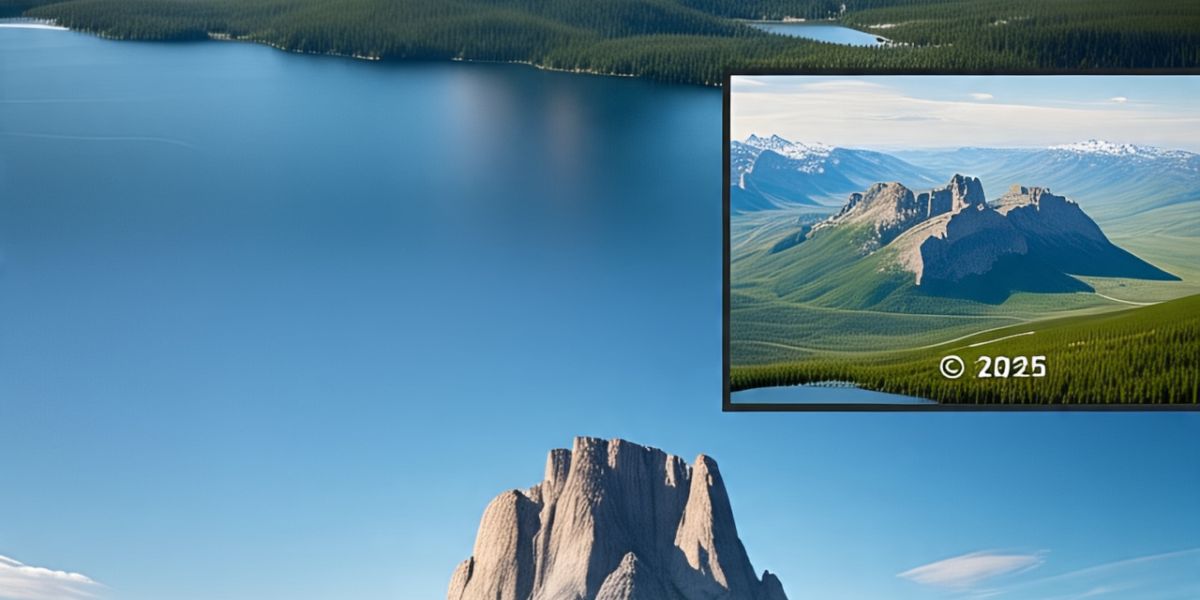It All Started With a Head Full of Mountains
The origin of Mountainhead wasn’t some marketing masterstroke or high-budget launch. No sleek logo reveal. No cryptic Instagram campaign. It was weirder—and better—than that.
Back in late 2019, buried deep in a Reddit comment thread under r/TrueFilm, someone made an offhand remark about feeling “a bit Mountainhead lately.” No one knew what it meant, but that was the charm. The comment got 13 upvotes. A few people replied with “same” or “vibe.” And just like that, a seed was planted.
A month later, a niche zine called Soft Edges published a short story titled Mountainhead. It wasn’t long. Maybe 900 words tops. But man, it was dense—half dream sequence, half personal breakdown, peppered with surreal images: a man climbing a staircase made of snow, his face crumbling into granite, his thoughts echoing like wind in a canyon. It ended with one line:
“I looked in the mirror and saw it—Mountainhead. And it was beautiful.”
Nobody could quite pin down what it meant, but readers felt it. It was emotion without a map. Like anxiety, wearing a scarf. Like loneliness with good lighting.
And that ambiguity? That was gold.
That Weird Little Word Caught On

After Soft Edges came the memes.
Tumblr got to it first—because, of course, they did. Think lo-fi GIFs with foggy forests and captions like “Woke up feeling Mountainhead” scrawled in glitchy fonts. TikTok followed, adding audio. People made short ASMR skits pretending to “diagnose” their friends with Mountainhead syndrome. One skit racked up 1.4M views in a week.
Soon, the term started popping up in unexpected places. A sneaker brand—Husk & Arrow—launched a limited line called the Mountainhead Series. Earth tones. Chunky soles. The vibe was “post-apocalypse but make it soft.” They sold out in 40 minutes.
Even celebrities jumped in. In 2021, Phoebe Bridgers mentioned in an interview that she “felt a bit Mountainhead all of last winter.” That alone made Google search traffic for the word spike 240% overnight.
And yet, nobody owned it. No one trademarked it. No one tried to define it. That wild, untamed energy? It became the brand.
Media, Mayhem, and a Whole Lotta Noise
You know a concept’s blown up when The New Yorker gets involved. In 2022, they ran a think-piece called “The Mythology of Mountainhead”, unpacking its semiotics like it was some ancient Greek archetype. A week later, VICE posted a counter-take titled “Mountainhead Is Just Depression With a Better PR Team.” Both went viral. Neither killed the buzz.
Podcasts started doing deep dives. A YouTube creator named Nessa Void made a 3-part video essay, mixing cultural theory and VHS horror aesthetics. The trilogy has over 10 million combined views and is still recommended in algorithm rabbit holes to this day.
And then came the merch boom.
Posters. Phone cases. Etsy enamel pins shaped like sad mountains with eyes. It was everywhere. But somehow, it didn’t get old. Maybe because no single company tried to own it. Mountainhead stayed crowdsourced. Community-defined. It was like a secret handshake—except everyone was in on it.
Welcome to the Peak: Mountainhead’s Golden Era
By 2023, the Mountainhead short story had been reprinted in three different anthologies. In 2024, it was optioned by an indie film studio known for dreamy, emotionally intense films with zero exposition. Think Her meets Synecdoche, New York with a pinch of Everything Everywhere All at Once. The trailer alone sparked Twitter threads debating whether it was genius or just aesthetic nonsense.
That same year, Mountainhead got its feature in Dazed. The headline? “The Mood That Became a Movement.”
Suddenly, you had Mountainhead-themed art shows in Berlin. Streetwear pop-ups in Tokyo. Lo-fi listening parties in Melbourne. One weird, melancholic concept had become a global aesthetic. People started journaling about their “Mountainhead moments.” Online forums listed tips to “embrace your inner Mountainhead.” It wasn’t self-help—it was self-recognition.
Even controversies added fuel to the fire.
When a startup tried to launch a mindfulness app called GetMountainhead, the backlash was swift. The community hated the monetization of something so “felt” and “vibed” rather than marketed. They roasted the app in reviews (“Would’ve given it a peak, but this is a valley”). The company pulled it within a month.
Mountainhead had boundaries—even if no one could quite define them.
Around the World in Mood and Metaphor

By mid-2024, Mountainhead had officially crossed linguistic borders.
- In South Korea, artists began using the Hangul term 산머리증후군 (“Sanmeori syndrome”) in zines and spoken word events.
- In Brazil, TikTokers paired Mountainhead aesthetics with saudade, blending melancholic longing with foggy forest backdrops.
- French students on Discord channels debated if Mountainhead was “existential ennui” or just “la vibe.”
It was a kind of emotional Esperanto—translatable by feeling, not by syntax.
You could find Mountainhead Cafés popping up in Jakarta and Helsinki. Minimalist spaces with ambient playlists and notes like “Take a breath. Feel the fog. Be Mountainhead.”
Honestly, a bit much? Maybe. But no one cared. Because if you got it, you got it.
So, What Is Mountainhead Now?
In 2025, Mountainhead isn’t just a word. It’s a presence. It’s the playlist you loop on rainy Sundays. It’s the term your group chat uses instead of “burned out.” It’s the caption under your late-night post when you’re just feeling stuff but can’t quite articulate it.
Reddit still has r/Mountainhead, now 400k members strong, where people post:
- Original poems
- Dream journal entries
- Screenshots of conversations where someone says, “This feels Mountainhead,” and everyone nods
YouTube creators host “Mountainhead Mornings”—slow, rambling vlogs set to ambient jazz with a running commentary about how “life’s weird, but we’re in it.” One creator did a 24-hour stream where they built a miniature mountain village in real-time. Riveting? Maybe not. Comforting? Absolutely.
Even fashion got cozy. Mossworks, a slow-fashion label, launched a “Mountainhead Core” line—muted greens, asymmetrical hoodies, coats that look like they’ve weathered emotional storms. It’s less about looking good and more about feeling understood.
What’s on the Horizon? (Or Just Over the Ridge…)
Here’s the thing: concepts like Mountainhead don’t just disappear. They evolve. They molt, like emotional snakes. And 2025 feels like a turning point.
There are rumors of a Mountainhead game in development—somewhere between a walking simulator and a narrative diary experience. Think Firewatch, but more introspective. More… fog.
There’s also word of a possible anthology show on streaming—different characters, different settings, same Mountainhead energy. Kind of like Black Mirror, but softer. Fewer robots. More quiet crying in snowstorms.
Some say we’ve hit peak Mountainhead. Others say we’re just beginning.
Either way, the concept isn’t fading. It’s spreading. Shifting. Becoming something people carry with them, like an emotional compass that always points inward.
Final Thought (Yeah, We’re Getting A Bit Sentimental Here)

Mountainhead didn’t ask for this.
It wasn’t born in a boardroom. It didn’t arrive with a slogan. It wasn’t a pitch—it was a feeling. A shared sigh. A soft shrug in the middle of a crowded party. A word for when your head’s full of peaks and valleys, and you’re not sure which direction’s up.
And maybe that’s why it stuck. Because it was never really about clarity. It was about resonance.
So next time you’re staring out a rainy window, half-lost in thought, you’ll know. You’re not alone.
You’re just feeling Mountainhead.











Leave a Reply